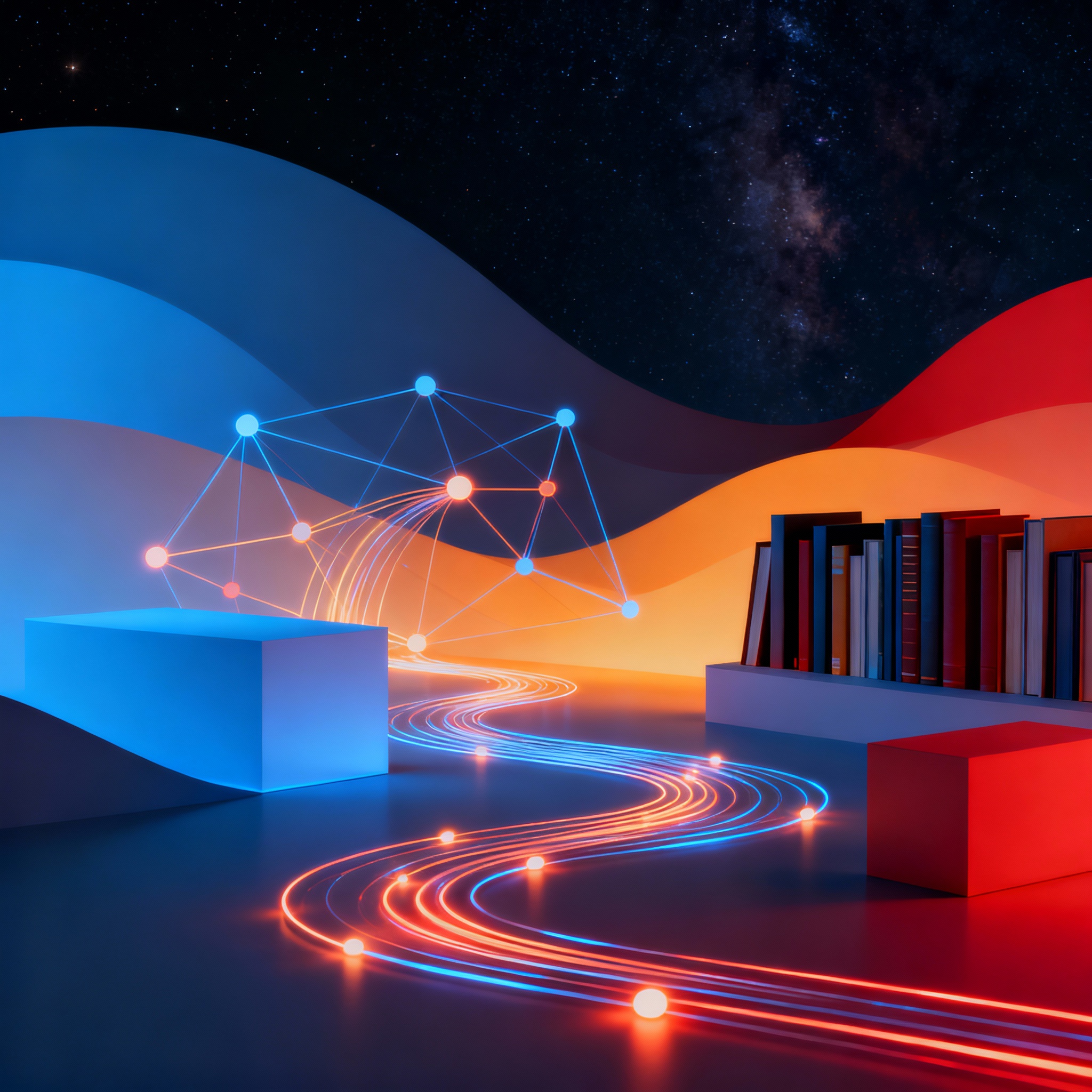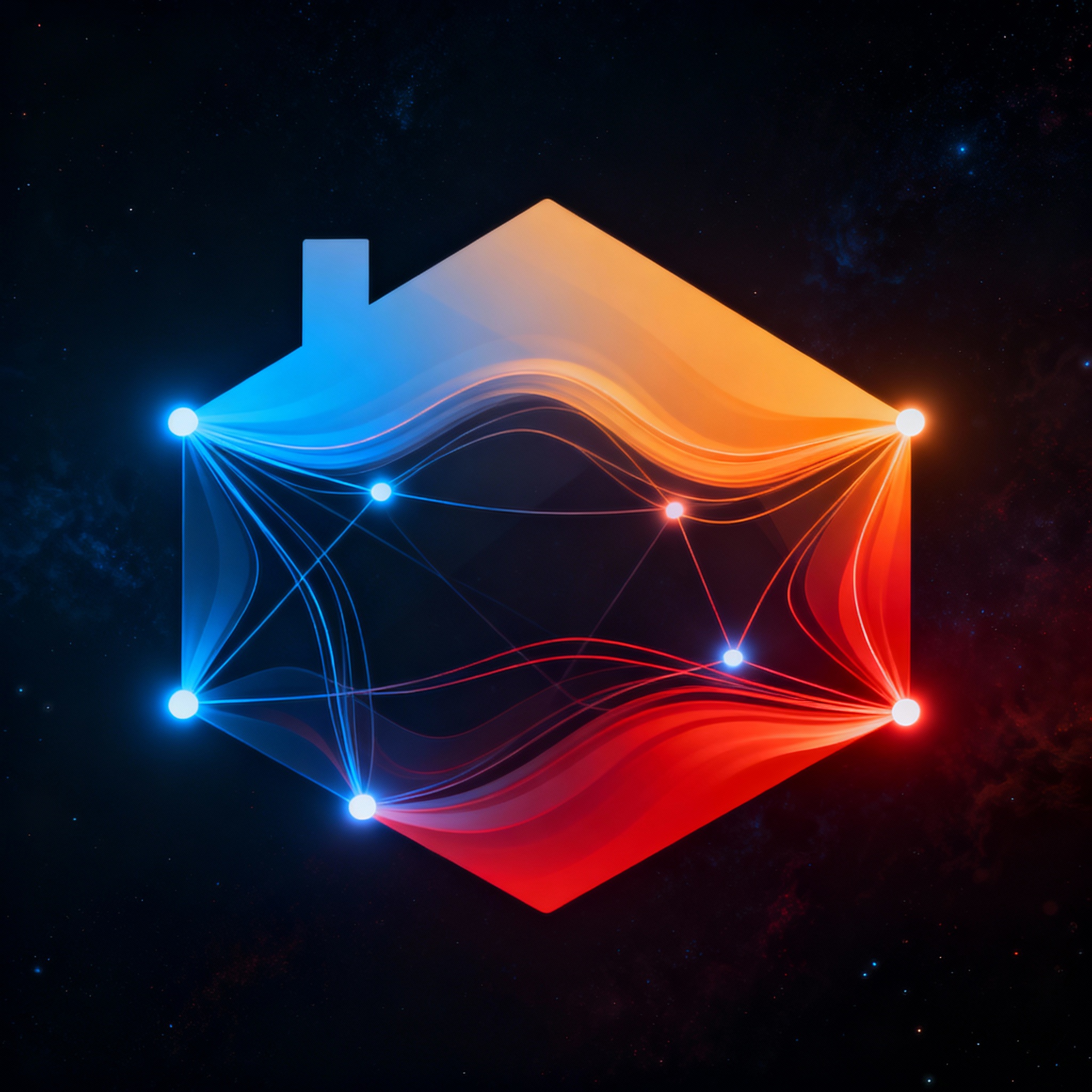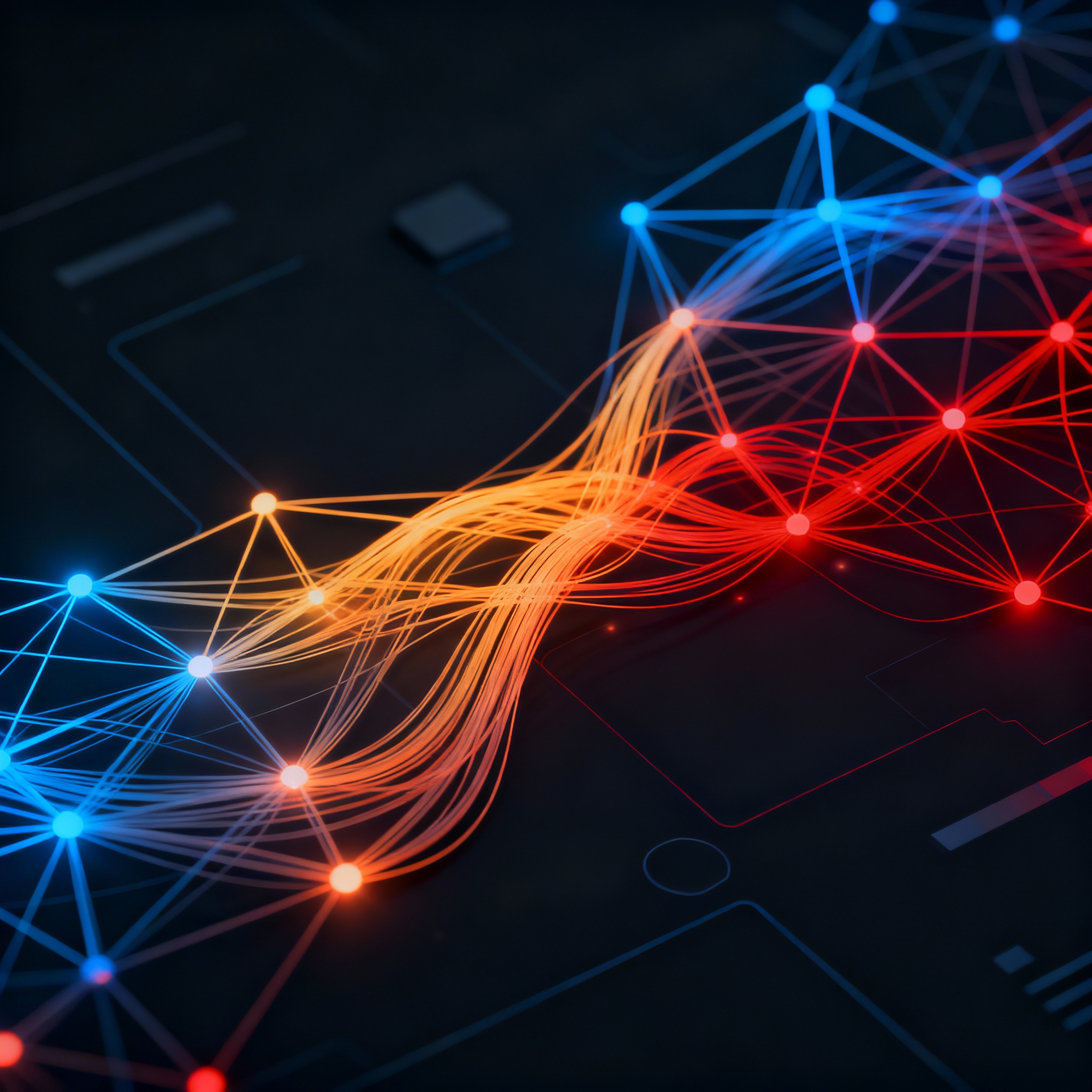
Navigating Vast Knowledge: How RAG Elevates Library Catalog Search and Discovery
Navigating Vast Knowledge: How RAG Elevates Library Catalog Search and Discovery
Libraries have long been the guardians of human knowledge, housing millions of books, journals, and digital resources. But as collections grow exponentially, traditional search methods often fall short, leaving users frustrated with irrelevant results or missed gems. Enter Retrieval-Augmented Generation (RAG), a powerful AI technique that's reshaping how we interact with library catalogs. By blending information retrieval with generative capabilities, RAG promises smarter, more intuitive searches that feel like conversing with a knowledgeable librarian.
In this post, we'll explore what RAG is, why it's a perfect fit for library catalog search and discovery, its key benefits, potential challenges, and practical ways to implement it. Whether you're a librarian, developer, or tech enthusiast, you'll gain actionable insights into leveraging RAG for more effective knowledge navigation. And for those building chatbot-based solutions, we'll touch on how frameworks like ChatRAG can streamline the process.
Understanding Retrieval-Augmented Generation (RAG)
At its core, RAG is an AI architecture that enhances large language models (LLMs) by incorporating external knowledge retrieval. Instead of relying solely on the model's pre-trained data, RAG fetches relevant information from a database or knowledge base in real-time and uses it to generate more accurate, up-to-date responses.
Imagine querying a library catalog about "climate change impacts on polar ecosystems." A basic search might return a list of books with matching keywords. But with RAG, the system retrieves specific passages from documents, synthesizes them, and generates a tailored summary or recommendation, complete with citations. This hybrid approach addresses the limitations of pure generative AI, such as hallucinations, by grounding responses in verifiable data.
For a deeper dive into RAG's foundational architectures, check out this comprehensive survey of RAG architectures and enhancements, which outlines various implementations and their robustness in real-world scenarios.
Why RAG Fits Library Catalog Search and Discovery
Library catalogs are essentially vast, structured databases of metadata—titles, authors, abstracts, and subjects. Traditional systems like OPACs (Online Public Access Catalogs) rely on Boolean searches or faceted navigation, which can be rigid and inefficient for complex queries. RAG introduces flexibility by enabling natural language processing, semantic understanding, and personalized recommendations.
Consider a student researching ancient Roman history. A RAG-powered system could not only retrieve relevant books but also generate connections to related artifacts, digitized manuscripts, or even interdisciplinary links to archaeology and art history. This is particularly useful in academic libraries where discovery often involves serendipitous finds.
Recent advancements highlight RAG's potential here. For instance, OpenRAG's approach to optimizing end-to-end retrieval learning demonstrates how in-context learning can refine search accuracy, making it ideal for dynamic library environments where catalogs evolve with new acquisitions.
Moreover, RAG can handle multimodal data—integrating text with images, videos, or audio from library archives. This opens doors to richer discovery experiences, like searching for historical speeches and receiving transcribed excerpts augmented with AI-generated context.
Key Benefits of Implementing RAG in Libraries
Adopting RAG for library catalog search brings several tangible advantages:
Enhanced Accuracy and Relevance
RAG minimizes errors by pulling from authoritative sources. In libraries, this means responses are based on actual catalog entries, reducing the risk of fabricating non-existent resources. According to research on prompting generative AI for cataloging, while there are realities to consider like data quality, the promise lies in AI's ability to handle nuanced queries that traditional systems overlook.
Improved User Experience
Users get conversational interfaces that understand intent. For example, a query like "Recommend books similar to '1984' but set in modern dystopias" could yield personalized lists with explanations. This fosters deeper engagement, especially for non-expert users.
Scalability for Large Collections
Libraries with millions of items benefit from RAG's efficient retrieval. Techniques like LightRAG's simple and fast retrieval-augmented generation show how streamlined models can handle high-volume searches without sacrificing speed, crucial for public libraries during peak hours.
Support for Diverse Use Cases
From academic research to public lending, RAG adapts. In special collections, it could facilitate discovery of rare items by cross-referencing metadata with external knowledge graphs.
A practical example: A university library implements RAG to assist in thesis research. The system retrieves journal articles, generates summaries, and suggests related theses from the catalog, saving students hours of manual browsing.
Challenges and How to Overcome Them
While promising, RAG isn't without hurdles in library settings.
Data Privacy and Ethical Concerns
Libraries handle sensitive user data, and RAG systems must comply with regulations like GDPR. Ensure your implementation uses anonymized queries and secure retrieval mechanisms.
Integration with Legacy Systems
Many libraries use outdated catalogs. Start small by augmenting existing systems with RAG APIs, gradually migrating to full integration.
Handling Incomplete or Noisy Data
Catalog metadata can be inconsistent. GraphRAG's retrieval-augmented generation with graphs offers a solution by structuring data into knowledge graphs, improving retrieval precision even with imperfect inputs.
Computational Costs
Running RAG requires resources. Opt for lightweight models or cloud-based solutions to keep costs down.
To mitigate these, conduct pilot tests. For instance, integrate RAG with a subset of your digital archive and gather user feedback before scaling.
Practical Implementation: Building a RAG-Powered Library Search with ChatRAG
Ready to get hands-on? Implementing RAG for library catalogs doesn't require starting from scratch, especially with tools like ChatRAG—a Next.js boilerplate designed for launching chatbot-agent SaaS businesses. It provides a robust foundation for building AI-driven interfaces, complete with retrieval pipelines and generative components.
Here's a step-by-step guide:
-
Set Up Your Knowledge Base: Index your library catalog using vector databases like Pinecone or FAISS. Embed metadata (titles, abstracts) into vectors for semantic search.
-
Integrate Retrieval: Use RAG frameworks to fetch top-k relevant documents. For advanced setups, explore Self-Retrieval's end-to-end information retrieval with one LLM, which unifies retrieval and generation in a single model, simplifying deployment.
-
Generate Responses: Feed retrieved data into an LLM like GPT or Llama to create natural, informative outputs. Add features like citation generation for academic integrity.
-
Build the Interface: With ChatRAG, create a user-friendly chatbot. Customize it for library-specific queries, such as availability checks or interlibrary loans.
-
Test and Iterate: Deploy a beta version and monitor metrics like query resolution time and user satisfaction.
For example, a public library could use this setup to create a virtual assistant that not only searches the catalog but also recommends events or reading lists based on user history.
If you're dealing with specialized searches, like academic papers, consider boosting flexible-grained paper search via hierarchical register indexing, which enhances granularity in retrieval—perfect for detailed library discovery.
Real-World Examples and Insights
Libraries worldwide are experimenting with RAG. The British Library, for instance, has piloted AI-driven discovery tools that resemble RAG principles, improving access to digitized collections. Similarly, university libraries like those at Stanford are integrating semantic search to uncover hidden connections in their repositories.
Actionable insight: Start with open-source RAG libraries like Haystack or LangChain, then scale using ChatRAG for production-ready apps. This approach ensures your system is both innovative and maintainable.
Conclusion: Key Takeaways for the Future of Library Discovery
Retrieval-Augmented Generation is poised to transform library catalog search from a static process into a dynamic, intelligent experience. By enhancing accuracy, personalization, and scalability, RAG empowers users to navigate vast knowledge repositories with ease.
Key takeaways:
- Adopt Incrementally: Begin with pilot projects to test RAG's fit for your library's needs.
- Focus on Data Quality: Invest in clean, structured metadata to maximize RAG's effectiveness.
- Leverage Tools Like ChatRAG: For developers, this boilerplate accelerates building chatbot agents that integrate seamlessly with library systems.
- Stay Ethical: Prioritize user privacy and bias mitigation in all implementations.
- Monitor Advancements: Keep an eye on emerging research to refine your approach.
As libraries evolve into digital hubs, RAG offers a pathway to more inclusive and efficient discovery. Embrace it, and watch your catalog come alive.
Ready to build your AI chatbot SaaS?
ChatRAG provides the complete Next.js boilerplate to launch your chatbot-agent business in hours, not months.
Get ChatRAGRelated Articles

How RAG Elevates Property Matching in Modern Real Estate Searches
In the fast-paced world of real estate, finding the perfect property match can be a challenge. Retrieval-Augmented Generation (RAG) is stepping in to streamline searches by combining AI with targeted data retrieval. This blog explores how RAG improves accuracy, personalization, and efficiency in property matching.

Navigating Complex Innovations: How RAG Elevates Patent Search and Prior Art Analysis
In the fast-paced world of intellectual property, finding relevant prior art can be a daunting task. Retrieval-Augmented Generation (RAG) combines AI retrieval with generation to streamline patent searches, uncovering hidden connections and insights. This blog delves into practical applications and strategies for leveraging RAG in patent workflows.

The RAG Playbook: Elevating Sports Analytics and Performance Data Analysis
In the fast-paced world of sports, data is king, but making sense of it requires more than raw numbers. Retrieval-Augmented Generation (RAG) bridges the gap by combining AI language models with targeted data retrieval, enabling deeper insights into player performance and game strategies. This post explores practical applications of RAG in sports analytics, from soccer tactics to Olympic training regimens.